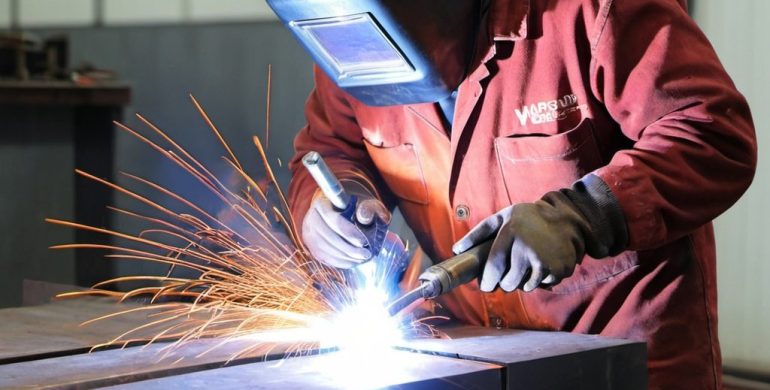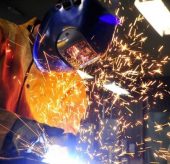Material Science on Welding
The Impact of Material Science on Welding
Sacramento Sparks Reno Welding Supply
The Impact of Material Science on Welding
In recent years, the advent of high-strength, lightweight alloys has significantly altered the landscape of material science and engineering. Predominantly used in aerospace, automotive, and construction industries, these advanced materials offer exceptional benefits in terms of strength, weight reduction, and durability. However, their unique properties also pose significant challenges to traditional welding techniques, demanding innovative approaches and technologies to harness their full potential effectively.
High-strength lightweight alloys, such as those based on aluminum-lithium or advanced titanium and magnesium, present a paradigm shift in welding due to their sensitive thermal characteristics and susceptibility to distortions and residual stresses. Traditional welding methods, often reliant on high temperatures and slow cooling processes, can inadvertently weaken these alloys, undermining their inherent strengths and leading to failure points at weld joints.
To address these challenges, the industry has turned towards advanced welding technologies and methods that can preserve the integrity of these innovative materials. One such method gaining prominence is Friction Stir Welding (FSW), a solid-state joining process ideal for aluminum and other lightweight alloys. Unlike conventional welding, FSW does not involve melting the material. Instead, it uses a high-speed rotating tool to generate frictional heat, softening the material and enabling the intermixing at the joint line under pressure. This technique significantly reduces material distortion and strengthens the weld area, providing superior mechanical properties in the finished product.
Laser welding is another technique that has evolved in response to the demands of welding high-strength lightweight alloys. It offers high precision and control, which is crucial when working with materials that are thin and prone to warping under heat. The concentrated energy of the laser can be finely tuned and directed, resulting in minimal thermal distortion and allowing for stronger, cleaner joints with increased load-bearing capacities.
Moreover, the development of adaptive welding systems, which can monitor and adjust parameters in real-time during the welding process, shows promise in overcoming some of the difficulties associated with welding these new materials. These systems utilize sensors and advanced control algorithms to optimize the welding environment — adjusting temperature, pressure, and speed instantaneously based on feedback from the weld seam.
As we continue to explore the potentials of these groundbreaking materials, the evolution of welding techniques must keep pace. The integration of innovative welding technologies not only enhances the performance of these materials but also expands their application range, reinforcing the notion that with every challenge comes an opportunity for advancement and innovation in the field of material engineering and manufacturing.
Through such technological adaptations, the industry is set to not only meet but exceed the current standards of construction, manufacturing, and design, heralding a new era of structural possibilities.





